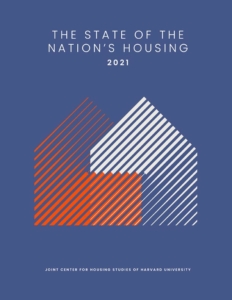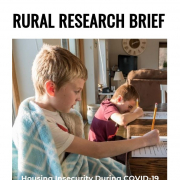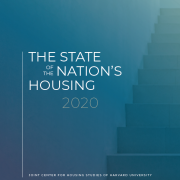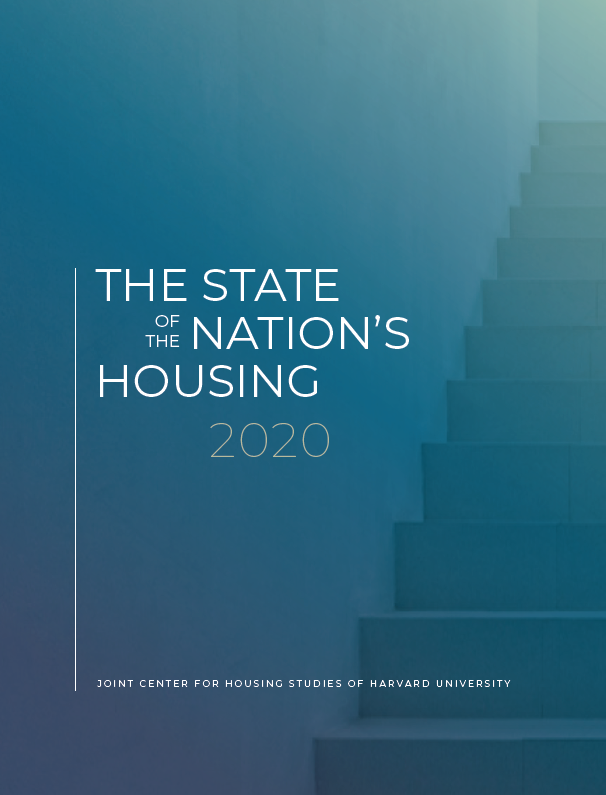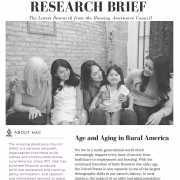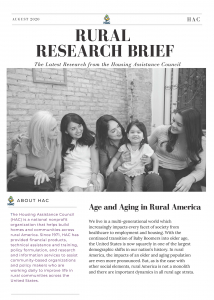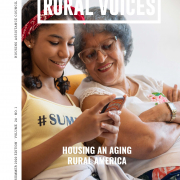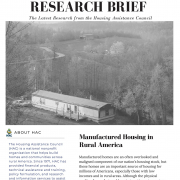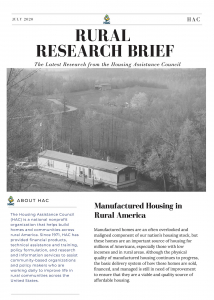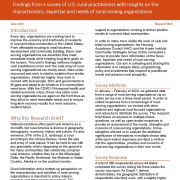HAC lends expertise to profile of rural housing affordability challenges in Joshua Tree
Lance George, HAC’s Director of Research and Information, provided his rural housing expertise to Short-Term Rentals and High-End Buyers Wipe Out Affordable Housing in Joshua Tree, Say Residents, a recent article from The Daily Yonder. The piece profiles residents and housing advocates in Joshua Tree, California as they struggle to find affordable housing options in their community.
Michel Cicero has hardly taken a day off work since July 7, 2020. On that day she was paddleboarding at Big Bear Lake with friends but had to leave early because her phone was ringing off the hook, she said. “It hasn’t stopped since.”
Cicero is a real estate agent in Landers, California, which borders the community of Joshua Tree, adjacent to the national park. She has seen firsthand the disruption the pandemic has created in the real estate market. The length of her selling season doubled. In an area where single-offer home sales were the norm, multiple buyers started making offers—often of the all-cash variety—on each sale, raising prices and severely depleting housing stock…
“You add all of those dynamics together and you could get a really accelerated housing crisis among low- and moderate-income households that don’t have the money to buy homes.”


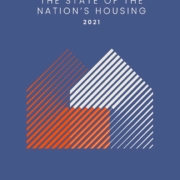 Harvard Joint Center for Housing Studies
Harvard Joint Center for Housing Studies